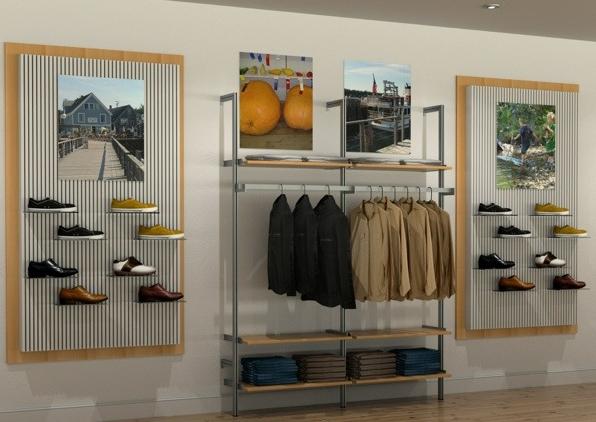Attracting the customers is the crux of the issue of retail trade. How and where the store is positioned on the site affects the retailer’s ability to attract the customers. Therefore in evaluating the existing store facilities or planning future site layouts, the retailer should answer effectively and satisfactorily these three questions. These are:
- How visible is the store?
- Is the store compatible with its surroundings?
- Are store facilities placed for customer convenience ?
The customers must see the store if the retailer wants to achieve the goals of stopping, attracting and inviting the customers.… Read the rest

